After Typhoon Doksuri made landfall in late July, heavy rains devastated the capital Beijing, Tianjin and Hebei province, causing flooding and damage to an area the size of England.
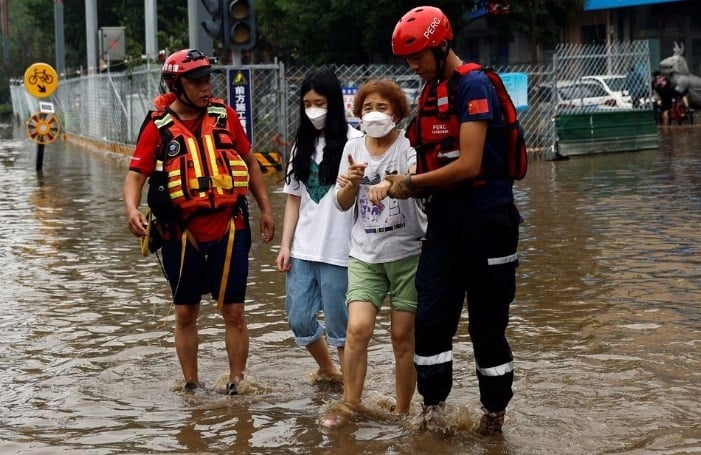
Rescue workers assist people People evacuate from floodwaters after remnants of Typhoon Doksuri caused rain and flooding in Beijing, China on August 2.
According to Reuters (UK), Typhoon Doksuri has killed at least 20 people and forced hundreds of thousands of people to evacuate. This is the worst storm to hit China in more than a decade, in which the capital Beijing suffered the heaviest rainfall in 140 years.
Heavy rains from July 29 to August 2 broke many local meteorological records. A reservoir in Beijing's Changping District recorded 744.8 mm of rainfall – the highest in more than 140 years, far surpassing the previous record of 609 mm set in 1891.
The torrential rain has forced Beijing to use a flood reservoir for the first time since its construction 25 years ago to divert floodwaters.
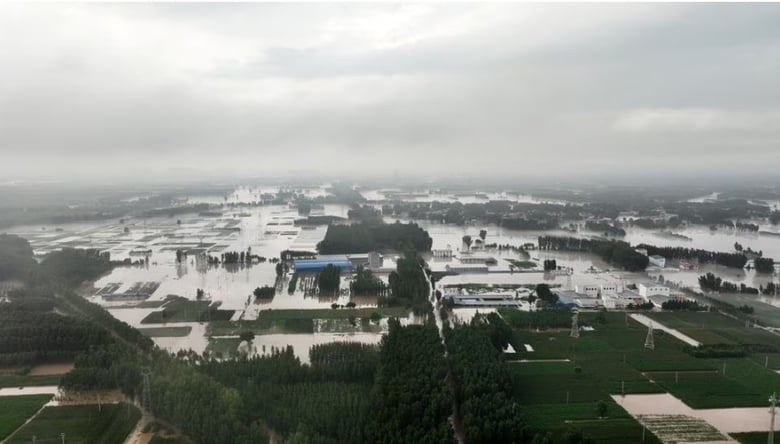
An aerial photo shows fields and houses near Tazhao village, after heavy rain in Zhuozhou, Hebei province, China on August 1.
In Hebei, a local weather station recorded 1,003 mm of rain over the three-day period from July 29 to July 31. This is equal to the rainfall the entire region receives in more than half a year.
According to Chinese meteorologists, in addition to the remnants of typhoon Doksuri, warm and humid air currents and water vapor brought by slow-moving typhoon Khanun in the Western Pacific have created favorable conditions for heavy rains.
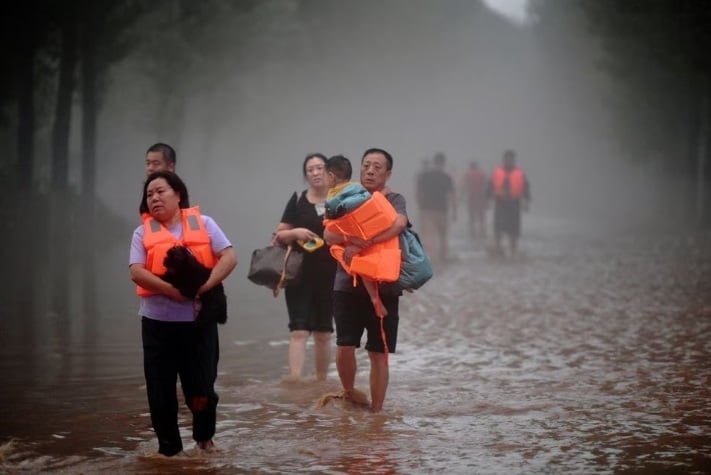
An aerial photo shows fields and houses near Tazhao village, after heavy rain in Zhuozhou, Hebei province, China on August 1.
Meteorologists said as the circulation of Doksuri's rain clouds moved north, a subtropical and continental high pressure system in the atmosphere blocked its path to the north and east, leading to the convergence of water vapor and acting like a dam to store water.
The region’s topography also contributed to the unusual weather phenomenon. As large amounts of moisture gathered in northern China, low-altitude winds lifted it up, shifting the rain eastward toward the Taihang Mountains. This was the area most severely affected, including Beijing’s Fangshan and Mentougou districts.
Meanwhile, a series of convective clouds also gathered in the area, leading to heavy rainfall over a long period of time, further aggravating the damage and complicating rescue operations.
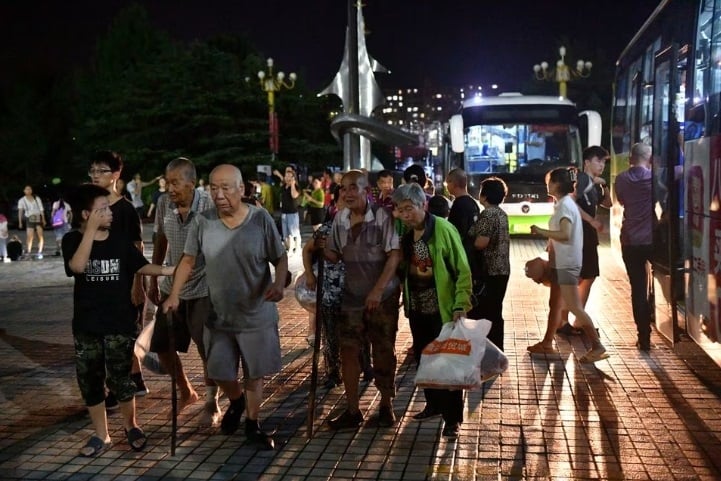
Flood-affected residents take shelter at an emergency shelter after heavy rain in Zhuozhou, Hebei province.
In urban areas of Beijing, hundreds of roads were flooded, parks and tourist attractions were closed. Hundreds of flights were delayed or canceled at the city's two major airports. Some subway and train lines were also suspended.
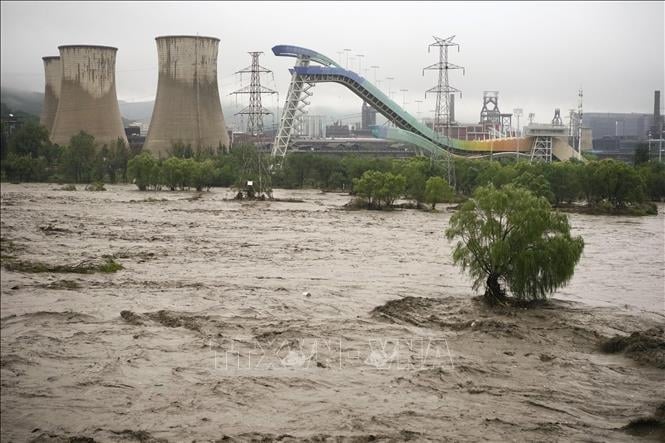
Flood-affected residents take shelter at an emergency shelter after heavy rain in Zhuozhou, Hebei province.
The impact of the heavy rains was more pronounced in the city’s western suburbs. In Fangshan and Mentougou districts, torrential floodwaters swept down roads, sweeping away cars. Villages in mountainous areas also suffered power cuts, forcing authorities to deploy helicopters to drop food, water and emergency supplies to residents.
Zhuozhou city in Hebei province, an area of more than 600,000 people southwest of Beijing, was half submerged, with about 134,000 residents affected and one-sixth of the city's population evacuated.
Heavy rain after a typhoon weakens is unusual in Beijing and surrounding areas. According to local media, the Chinese capital has seen at least 12 typhoon-related downpours since records began.
In 2017 and 2018, typhoons Haitang and Ampil dropped more than 100 mm of rain in Beijing. One of the heaviest rains was caused by typhoon Wanda in 1956, which dropped more than 400 mm of rain in the densely populated city.
Source link


![[Photo] Panorama of the cable-stayed bridge, the final bottleneck of the Ben Luc-Long Thanh expressway](https://vphoto.vietnam.vn/thumb/1200x675/vietnam/resource/IMAGE/2025/9/30/391fdf21025541d6b2f092e49a17243f)
![[Photo] The 1st Congress of Phu Tho Provincial Party Committee, term 2025-2030](https://vphoto.vietnam.vn/thumb/1200x675/vietnam/resource/IMAGE/2025/9/30/1507da06216649bba8a1ce6251816820)
![[Photo] President Luong Cuong receives President of the Cuban National Assembly Esteban Lazo Hernandez](https://vphoto.vietnam.vn/thumb/1200x675/vietnam/resource/IMAGE/2025/9/30/4d38932911c24f6ea1936252bd5427fa)


![[Photo] Solemn opening of the 12th Military Party Congress for the 2025-2030 term](https://vphoto.vietnam.vn/thumb/1200x675/vietnam/resource/IMAGE/2025/9/30/2cd383b3130d41a1a4b5ace0d5eb989d)
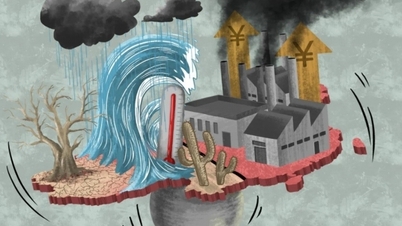

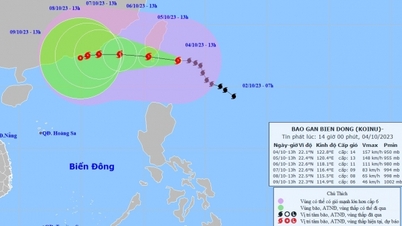

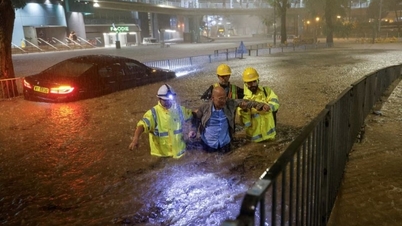








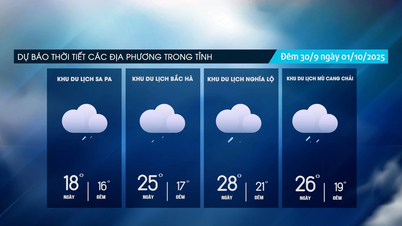








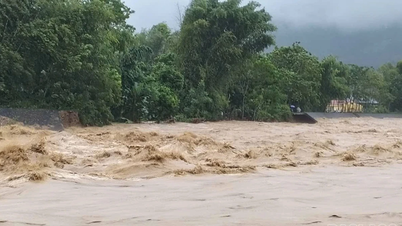

![[Photo] General Secretary To Lam, Secretary of the Central Military Commission attends the 12th Party Congress of the Army](https://vphoto.vietnam.vn/thumb/1200x675/vietnam/resource/IMAGE/2025/9/30/9b63aaa37ddb472ead84e3870a8ae825)











































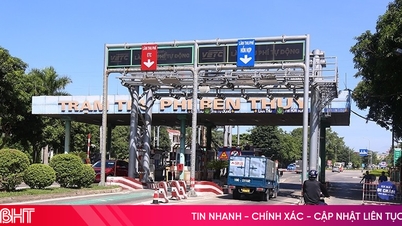

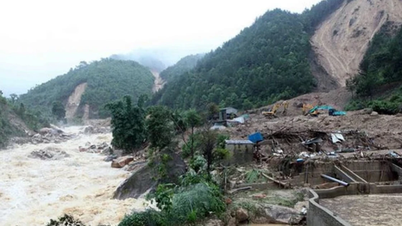


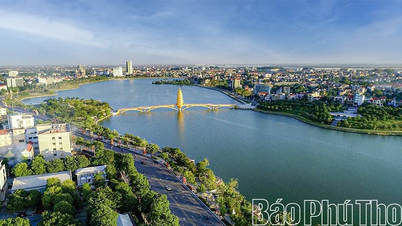


















Comment (0)